INTRODUCTION:
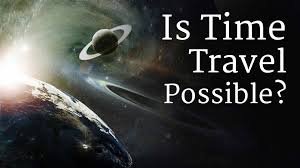
Time travel! Ever wished you could rewind time and fix a mistake? Or maybe leap forward to see what the future holds? Time travel has been a dream – and a nightmare – for as long as humans have been telling stories. We’ve seen it in movies like Back to the Future and read about it in books like The Time Machine. But is this wild idea actually possible? Can we really hop into a spaceship and zoom off to the past or the future? Let’s dive into the science and see what’s really going on with this mind-bending concept.
Einstein’s Theory of Relativity and Time Dilation
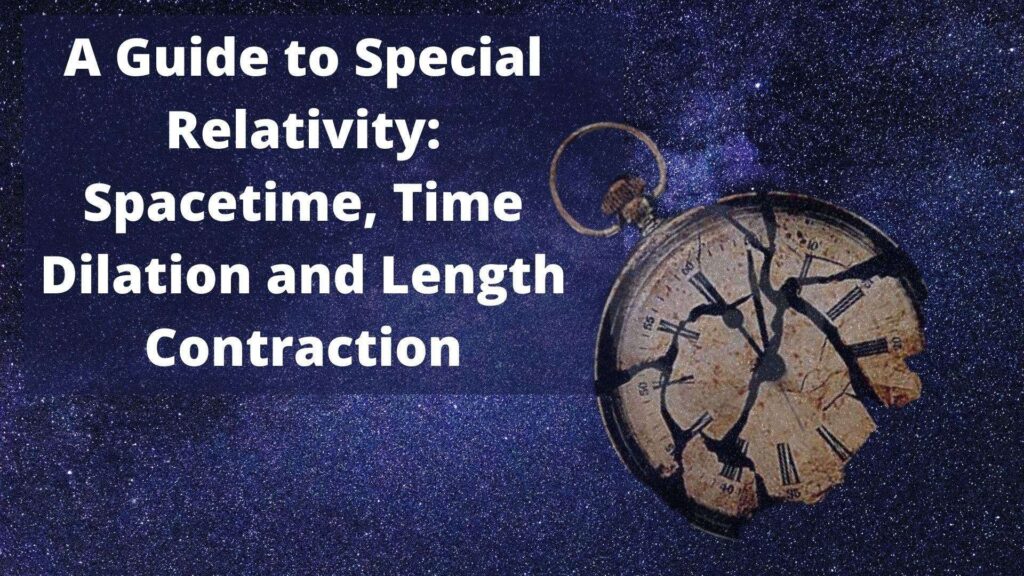
In 1905, Albert Einstein introduced his groundbreaking theory of special relativity, which fundamentally changed our understanding of time and space. One of the most fascinating implications of this theory is time dilation. According to Einstein, time is not a constant; it moves slower for objects that are moving at high speeds compared to those that are stationary. This phenomenon has been confirmed through numerous experiments and has profound implications for our understanding of the universe.
What is Time Dilation?
Time dilation refers to the difference in elapsed time as measured by two observers, due to a relative velocity between them. In simpler terms, if one observer is moving quickly relative to another observer who is stationary, the moving observer’s clock will tick more slowly than the stationary observer’s clock.
A Simple Illustration
To illustrate time dilation, imagine two clocks: one is stationary on Earth, and the other is on a high-speed jet. Both clocks start ticking at the same time. As the jet accelerates and approaches relativistic speeds (speeds close to that of light), something interesting happens—time dilation occurs.
- Example: If you could observe both clocks, you would notice that the clock on the jet appears to run slower compared to the stationary clock on Earth. This effect becomes more pronounced as the speed of the jet increases.
Why Does Time Dilation Happen?
The reason behind time dilation lies in the nature of light and how we perceive time. According to Einstein’s second postulate of special relativity, the speed of light is constant for all observers, regardless of their relative motion. This leads to some counterintuitive results:
- Light Clock Thought Experiment: Imagine a simple clock made up of two mirrors facing each other with a light pulse bouncing between them. In a stationary frame, the light travels straight up and down. However, if this clock moves at a high speed, the light pulse must travel a longer diagonal path between the mirrors because it is moving while the light is bouncing back and forth.
- Mathematical Explanation: The time taken for light to travel between the mirrors appears longer from the moving observer’s perspective due to this diagonal path. This leads to the conclusion that as seen from an outside perspective, the moving clock ticks more slowly than a stationary clock.
Experimental Confirmation
Numerous experiments have confirmed Einstein’s predictions about time dilation:
- Particle Accelerators: Experiments conducted at particle accelerators have shown that particles moving at high speeds age more slowly than their stationary counterparts. For instance, physicists have accelerated lithium ions to one-third the speed of light and observed significant differences in their “ticking” rates compared to stationary clocks.
- Atomic Clocks in Flight: Another famous experiment involved synchronizing two highly accurate atomic clocks—one remained on Earth while the other was flown around the world in an airplane. When they were reunited, the airborne clock was found to be slightly behind its counterpart on Earth, demonstrating time dilation in action.
Your ultimate stargazing adventure starts here. [Shop Now]
- Dive into the cosmos with this must-read astronomy book:
National Geographic Backyard Guide to the Universe Book

2. Explore the stars like never before with this powerful telescope:
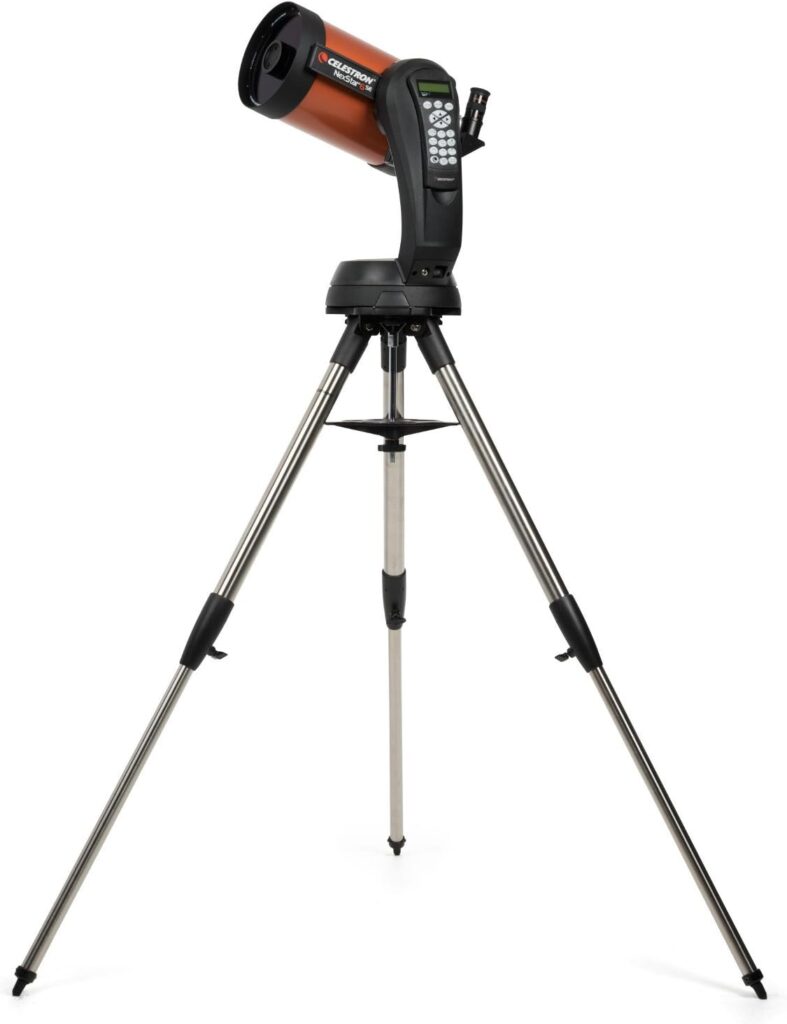
Practical Implications
Understanding time dilation has real-world applications:
- Global Positioning System (GPS): GPS satellites orbiting Earth experience both velocity-related time dilation (due to their speed) and gravitational time dilation (due to being further from Earth’s gravity). Engineers must account for these tiny shifts in time when calculating positions on Earth.
- Future Space Travel: As we explore space and consider traveling at speeds approaching that of light, understanding how time dilation works will be crucial for planning long-duration missions where astronauts may age more slowly than people back on Earth.
Einstein’s theory of relativity and its implications for time dilation have reshaped our understanding of physics and how we perceive time itself. The idea that time can stretch or compress depending on relative motion challenges our everyday intuitions but has been confirmed through rigorous experimentation. As we continue to explore deeper into space and push technological boundaries, these concepts will remain fundamental in guiding our understanding of the universe.
The Possibilities (and Limitations) of Time Travel:
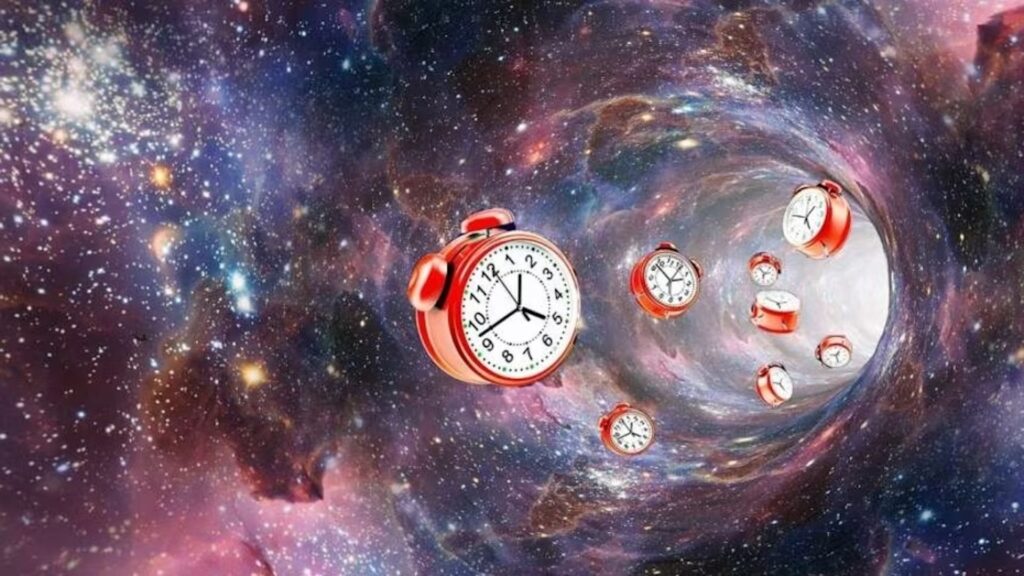
Time travel has long captivated the imagination, sparking countless stories in science fiction and philosophical debates. While the concept may seem like something out of a movie, scientific theories suggest that time travel could be more than just fantasy. Let’s explore the possibilities of time travel using extreme speeds or gravitational fields, as well as the limitations that come with these theories.
Want To Know More About:
Traveling to the Future
According to Einstein’s theory of special relativity, it is theoretically possible to travel into the future by either accelerating an object to high speeds or placing it in a strong gravitational field.
How It Works: If you were to travel at 90% of the speed of light for a period of time, you would experience time dilation. This means that time would pass more slowly for you compared to someone who remained stationary on Earth. When you returned, you would find that more time had passed on Earth than for you during your journey.
Example: Imagine two twins—one stays on Earth while the other travels in a spaceship at near-light speed. When the traveling twin returns home, they might find that many years have passed on Earth while only a few months have elapsed for them in space. This scenario illustrates how time can stretch based on relative motion.
Limitations of Traveling to the Future
While traveling to the future is theoretically possible, there are significant limitations:
- Energy Requirements: Accelerating an object to relativistic speeds requires enormous amounts of energy. Current technology does not allow us to reach such speeds with human passengers safely.
- Extreme Conditions: The effects of time dilation become significant only at extremely high speeds or in extremely strong gravitational fields, such as near a black hole. These conditions are not easily achievable with today’s technology.
Traveling to the Past
Traveling back in time is a much more complex and contentious topic. Several theories propose potential methods for backward time travel, including:
- Wormholes: Hypothetical tunnels in spacetime that could create shortcuts for journeys across the universe. If one end of a wormhole could be moved at close to the speed of light, it might allow someone to enter one end and exit through the other in their past.
- Alcubierre Drive: A theoretical concept that involves bending or “warping” spacetime around a spacecraft, potentially allowing it to move faster than light without violating relativity.
However, these ideas remain purely theoretical and require further research. Scientists have yet to discover any practical way to create or utilize wormholes or warp drives.
The Grandfather Paradox
One major challenge with backward time travel is encapsulated in the grandfather paradox. This thought experiment raises questions about causality and existence:
- If you were to travel back in time and accidentally kill your grandfather before he had children, you would never have been born. But if you were never born, how could you have traveled back in time to commit that act?
This paradox illustrates the potential problems and contradictions that arise when considering backward time travel.
Current Scientific Perspectives
Current scientific understanding suggests that while traveling into the future is achievable under certain conditions, traveling into the past may be impossible or highly problematic:
- Chronology Protection Conjecture: Proposed by physicist Stephen Hawking, this conjecture suggests that the universe has mechanisms that prevent time travel into the past, ensuring that paradoxes do not occur and history remains intact.
- Incomplete Theories: Our understanding of physics is still incomplete, particularly regarding how general relativity (which describes gravity) and quantum mechanics (which describes subatomic particles) interact. Until we develop a unified theory, we cannot definitively rule out or confirm backward time travel.
The exploration of time travel presents intriguing possibilities grounded in scientific theory but also significant limitations and paradoxes. While traveling into the future appears feasible through relativistic effects, traveling into the past remains a complex issue fraught with logical challenges. As our understanding of physics evolves, so too will our perspectives on these fascinating concepts.
The Philosophical Implications of Time Travel:
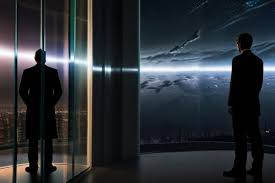
If time travel were possible, it would raise a plethora of philosophical and ethical questions:
– If you could change the past, would you? And if so, what would be the consequences of altering historical events?
– Would time travel create multiple parallel universes or timelines, or would it alter the existing one?
– How would time travel affect our understanding of free will and determinism?
Conclusion
Time travel in space is a fascinating concept that has captured human imagination. While Einstein’s theory of relativity provides a foundation for understanding time dilation, the possibilities of time travel are still largely theoretical. As we continue to explore the mysteries of spacetime, we may uncover new insights into the nature of time itself.
Disclosure/Disclaimer:
This article contains affiliate links, supporting our educational and informative contents creation.
We appreciate supporting us to create more value and fascinating contents here on our site for educational purposes only.





